Prom night is one of the most memorable events in a high school student’s life. It’s a night to celebrate, dance, and create lasting memories. One of the most significant aspects of prom night is choosing the perfect dress. With countless styles, colors, and trends to choose from, finding the right prom dress can feel overwhelming. This comprehensive guide will help you navigate the process, offering tips and insights to ensure you find a dress that makes you feel confident and beautiful.
Table of Contents
- Understanding Your Body Type
- Choosing the Right Style
- Popular Prom Dress Trends
- Color Choices and Skin Tones
- Accessorizing Your Prom Dress
- Budget-Friendly Shopping Tips
- Shopping Timeline and Preparation
- Alterations and Fit
- Sustainable and Ethical Choices
- Frequently Asked Questions (FAQ)
1. Understanding Your Body Type
The first step in finding the perfect prom dress is understanding your body type. Knowing your body shape can help you choose a dress that enhances your best features and makes you feel confident.
Hourglass
- Characteristics: Balanced bust and hips with a defined waist.
- Best Styles: Fitted dresses that accentuate the waist, such as mermaid or trumpet styles. Wrap dresses and dresses with belts can also highlight your figure.
Pear-Shaped
- Characteristics: Wider hips and thighs with a smaller bust.
- Best Styles: A-line or ball gown dresses that cinch at the waist and flare out. Off-the-shoulder or strapless tops can balance the lower body.
Apple-Shaped
- Characteristics: Fuller bust and midsection with slimmer legs.
- Best Styles: Empire waist or flowy dresses that draw attention away from the midsection. V-necklines can elongate the torso.
Rectangular
- Characteristics: Balanced bust, waist, and hips with little definition.
- Best Styles: Dresses that create curves, such as ruched, peplum, or A-line styles. Belts and sashes can also add definition to the waist.
Inverted Triangle
- Characteristics: Broader shoulders with narrower hips.
- Best Styles: Dresses that add volume to the lower body, such as A-line or ball gowns. Halter necklines can minimize broad shoulders.
2. Choosing the Right Style
Prom dress styles are diverse, catering to various tastes and preferences. Here are some popular styles to consider:
A-Line
- Description: Fitted at the bodice and flares out from the waist, resembling the shape of the letter ‘A’.
- Best For: Most body types, especially pear-shaped and rectangular figures.
Ball Gown
- Description: A fitted bodice with a full, voluminous skirt.
- Best For: Hourglass, pear-shaped, and rectangular figures.
Mermaid
- Description: Fitted through the bodice, waist, and hips, flaring out at the knees.
- Best For: Hourglass and slender body types.
Sheath
- Description: Fitted through the entire length of the body, with little flare.
- Best For: Slender and rectangular body types.
Empire Waist
- Description: High waistline just under the bust, with a flowy skirt.
- Best For: Apple-shaped and petite figures.
3. Popular Prom Dress Trends
Staying updated with current trends can give you an edge in choosing a dress that is stylish and contemporary. Here are some trends to watch out for:
Metallics and Sequins
- Description: Dresses adorned with shiny metallic fabrics or sequins.
- Appeal: Adds a touch of glamour and makes you stand out.
Bold Colors
- Description: Dresses in vibrant hues like red, emerald green, royal blue, and fuchsia.
- Appeal: Makes a bold statement and is perfect for those who want to be the center of attention.
Pastels
- Description: Soft, light colors like blush, lavender, mint, and baby blue.
- Appeal: Offers a romantic and dreamy look.
High Slits
- Description: Dresses with thigh-high slits.
- Appeal: Adds a sexy and daring touch to your ensemble.
Two-Piece Sets
- Description: Separate top and skirt combinations.
- Appeal: Allows for mix-and-match flexibility and a modern look.
4. Color Choices and Skin Tones
Choosing the right color can enhance your natural beauty. Here are some tips based on skin tones:
Fair Skin
- Best Colors: Soft pastels, rich jewel tones like emerald and sapphire, and classic colors like navy and black.
- Colors to Avoid: Colors that are too close to your skin tone, like beige and ivory, can wash you out.
Medium Skin
- Best Colors: Bright colors like coral, teal, and royal blue, as well as warm tones like peach and gold.
- Colors to Avoid: Olive and mustard may blend too closely with your skin tone.
Dark Skin
- Best Colors: Bold, vibrant colors like red, cobalt, and yellow, as well as metallics like gold and silver.
- Colors to Avoid: Avoid dull colors that might not contrast well with your skin tone.
5. Accessorizing Your Prom Dress
The right accessories can elevate your prom look. Here’s how to choose them:
Jewelry
- Minimalist Dresses: Opt for statement jewelry like chandelier earrings or a bold necklace.
- Embellished Dresses: Keep jewelry simple to avoid clashing with the dress details.
Shoes
- Comfort First: Choose shoes that are comfortable to dance in. Heels are popular, but stylish flats are also an option.
- Matching Style: Ensure your shoes complement your dress in both color and style.
Clutches and Bags
- Size: Small clutches or wristlets are ideal for carrying essentials.
- Coordination: Match your bag with your dress or shoes for a cohesive look.
Hair Accessories
- Updos: Consider jeweled hairpins or a tiara.
- Down Styles: Headbands or decorative clips can add a touch of elegance.
6. Budget-Friendly Shopping Tips
Prom dresses can be expensive, but you don’t have to break the bank to look fabulous. Here are some tips:
Set a Budget
- Plan Ahead: Determine how much you can afford to spend on your dress and stick to it.
Shop Sales and Discounts
- Timing: Look for sales during off-season times or major holiday sales.
- Discount Websites: Use websites that offer designer dresses at discounted prices.
Consider Rentals
- Rental Services: Websites like Rent the Runway allow you to rent high-end dresses for a fraction of the cost.
DIY Alterations
- Personal Touch: Simple alterations like adding embellishments or changing the hemline can make an affordable dress look custom-made.
7. Shopping Timeline and Preparation
Proper planning is crucial to avoid last-minute stress. Here’s a timeline to help you stay on track:
3-4 Months Before Prom
- Research: Start browsing online and in stores to get an idea of what styles you like.
- Budget: Set your budget and start saving if needed.
2-3 Months Before Prom
- Shopping: Begin shopping for your dress. This gives you ample time for fittings and alterations.
- Accessories: Start looking for shoes, jewelry, and other accessories.
1-2 Months Before Prom
- Alterations: If your dress needs alterations, take it to a tailor. This ensures you have enough time for adjustments.
- Beauty Appointments: Book hair, makeup, and nail appointments.
1 Week Before Prom
- Final Fitting: Try on your dress with all accessories to ensure everything fits perfectly.
- Prepare: Gather all your prom essentials, including a clutch with makeup for touch-ups, tickets, and emergency supplies like safety pins and a sewing kit.
8. Alterations and Fit
A well-fitted dress can make all the difference. Here are some tips for ensuring the perfect fit:
Choose the Right Size
- Measure Accurately: Use a measuring tape to measure your bust, waist, and hips. Compare these measurements to the size chart provided by the dress manufacturer.
Tailoring
- Professional Alterations: Invest in professional alterations to ensure the dress fits perfectly. Common alterations include hemming, taking in the waist, and adjusting straps.
- DIY Fixes: For minor adjustments, you can use temporary fixes like fashion tape or safety pins.
9. Sustainable and Ethical Choices
As the fashion industry becomes more aware of its environmental impact, sustainable and ethical choices are becoming increasingly important:
Sustainable Fabrics
- Eco-Friendly Materials: Look for dresses made from sustainable materials like organic cotton, Tencel, or recycled fabrics.
Ethical Brands
- Fair Trade: Choose brands that prioritize fair labor practices and environmentally friendly production methods.
Second-Hand Options
- Vintage Shops: Explore vintage stores for unique, eco-friendly prom dresses.
- Online Marketplaces: Websites like Poshmark and Depop offer second-hand dresses at affordable prices.
10. Frequently Asked Questions (FAQ)
Q: How do I determine my body type to choose the right prom dress?
A: Understanding your body type involves measuring your bust, waist, and hips to see which body shape category (hourglass, pear, apple, rectangular, or inverted triangle) you fall into.
Q: What are the best dress styles for different body types?
A:
- Hourglass: Mermaid and trumpet styles.
- Pear-Shaped: A-line and ball gowns.
- Apple-Shaped: Empire waist and flowy dresses.
- Rectangular: Ruched, peplum, and A-line styles.
- Inverted Triangle: Dresses that add volume to the lower body like A-line and ball gowns.
Q: What colors work best for different skin tones?
A:
- Fair Skin: Soft pastels, rich jewel tones like emerald and sapphire, and classic colors like navy and black.
- Medium Skin: Bright colors like coral, teal, and royal blue, warm tones like peach and gold.
- Dark Skin: Bold, vibrant colors like red, cobalt, and yellow, metallics like gold and silver.
Q: How can I accessorize my prom dress?
A: Choose accessories based on your dress style. For minimalist dresses, opt for statement jewelry. For embellished dresses, keep jewelry simple. Match your shoes, clutch, and hair accessories to complement your dress.
Q: How can I stay within my budget while shopping for a prom dress?
A: Set a budget, shop sales, consider renting, and look for DIY alteration options. Thrift stores and online discount sites are also great for finding affordable dresses.
Q: When should I start shopping for my prom dress?
A: Start researching and setting your budget 3-4 months before prom. Begin shopping 2-3 months before to allow time for fittings and alterations.
Q: What should I do if my dress needs alterations?
A: Take your dress to a professional tailor for alterations. Common alterations include hemming, adjusting the waist, and fixing straps. Ensure your final fitting is a week before prom.
Q: Are there sustainable and ethical prom dress options?
A: Yes, look for dresses made from sustainable fabrics like organic cotton or recycled materials. Choose brands that prioritize fair labor practices and explore vintage shops and online second-hand marketplaces.
Q: What are some current prom dress trends?
A: Popular trends include metallics and sequins, bold colors, pastels, high slits, and two-piece sets. Choose a trend that reflects your personal style.
Q: How can I ensure my prom dress is comfortable for the entire night?
A: Choose a dress that fits well and is made from comfortable fabric. Break in your shoes before prom night and bring essentials like fashion tape and safety pins for any quick fixes.
For more tips and inspiration on choosing the perfect prom dress, visit our website at PromDressGuide.com.
This comprehensive guide covers everything you need to know to choose the perfect prom dress. Whether you’re looking for the latest trends, advice on flattering styles for your body type, or budget-friendly shopping tips, this guide has you covered. By following these tips, you can find a dress that makes you feel confident and beautiful, ensuring your prom night is unforgettable.

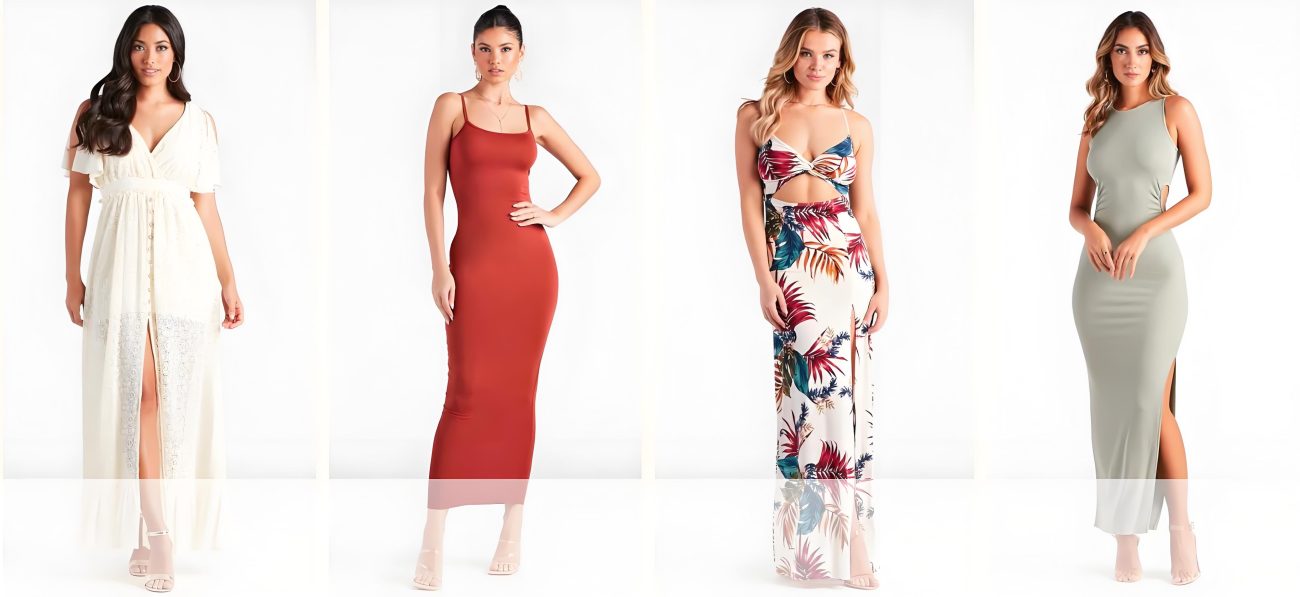
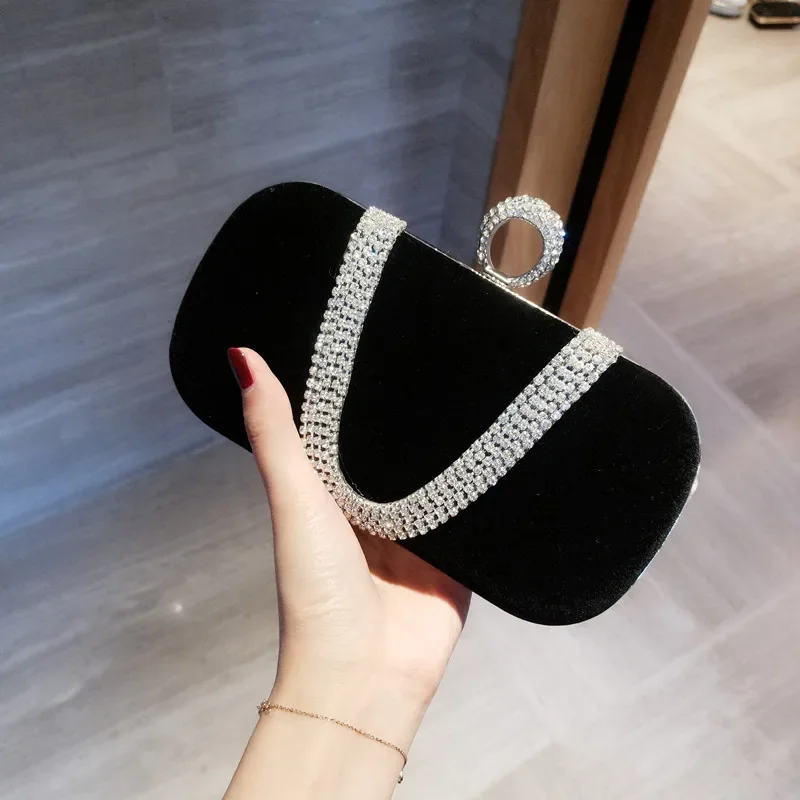
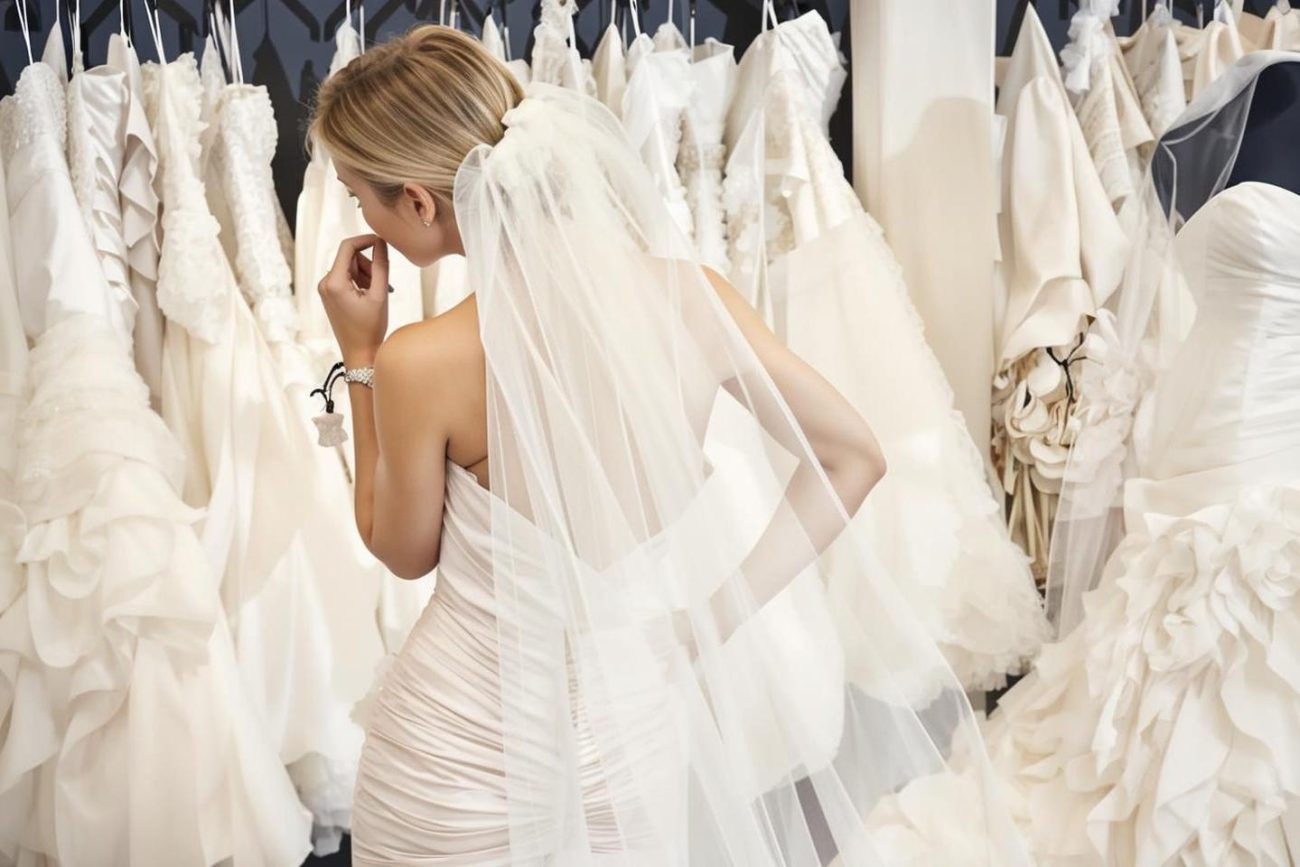
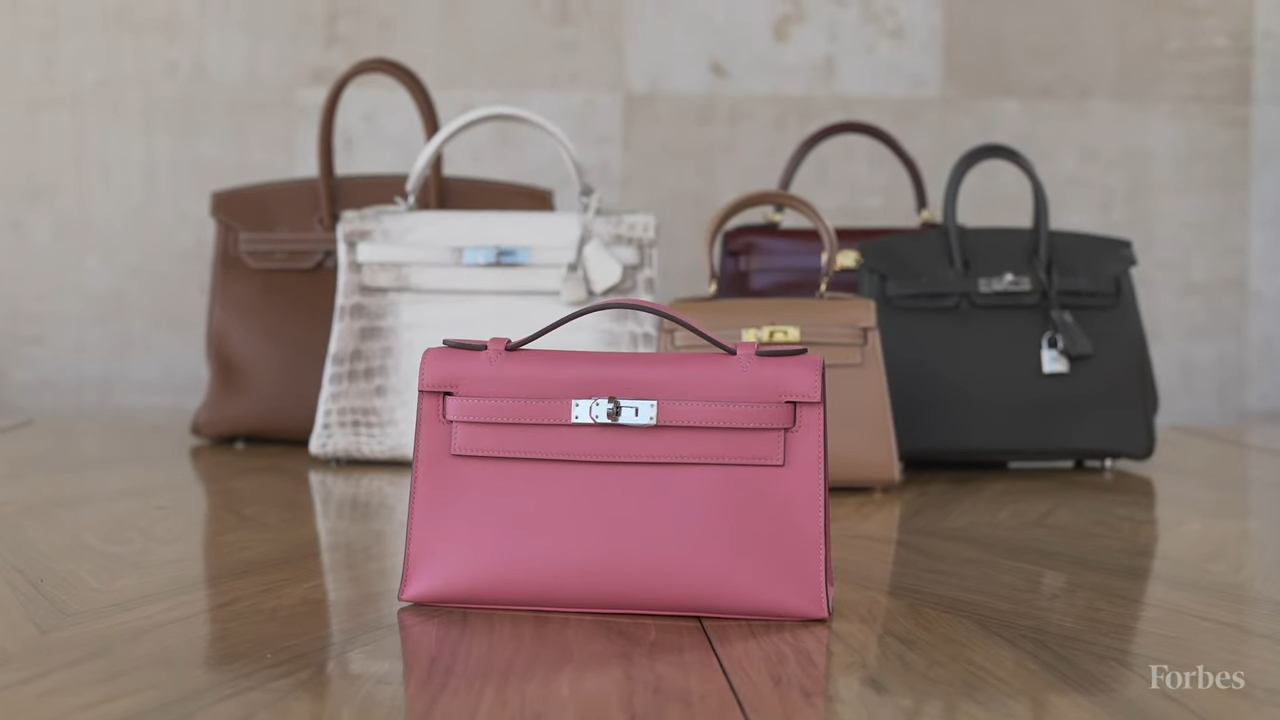
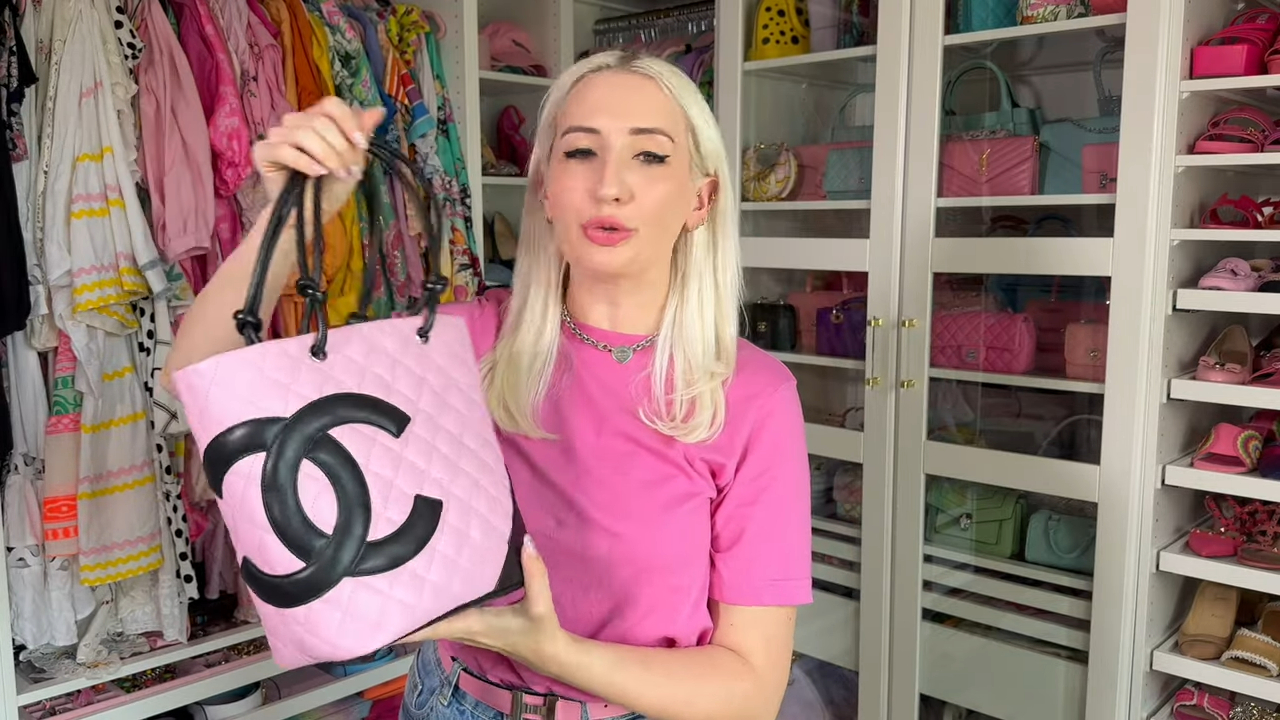
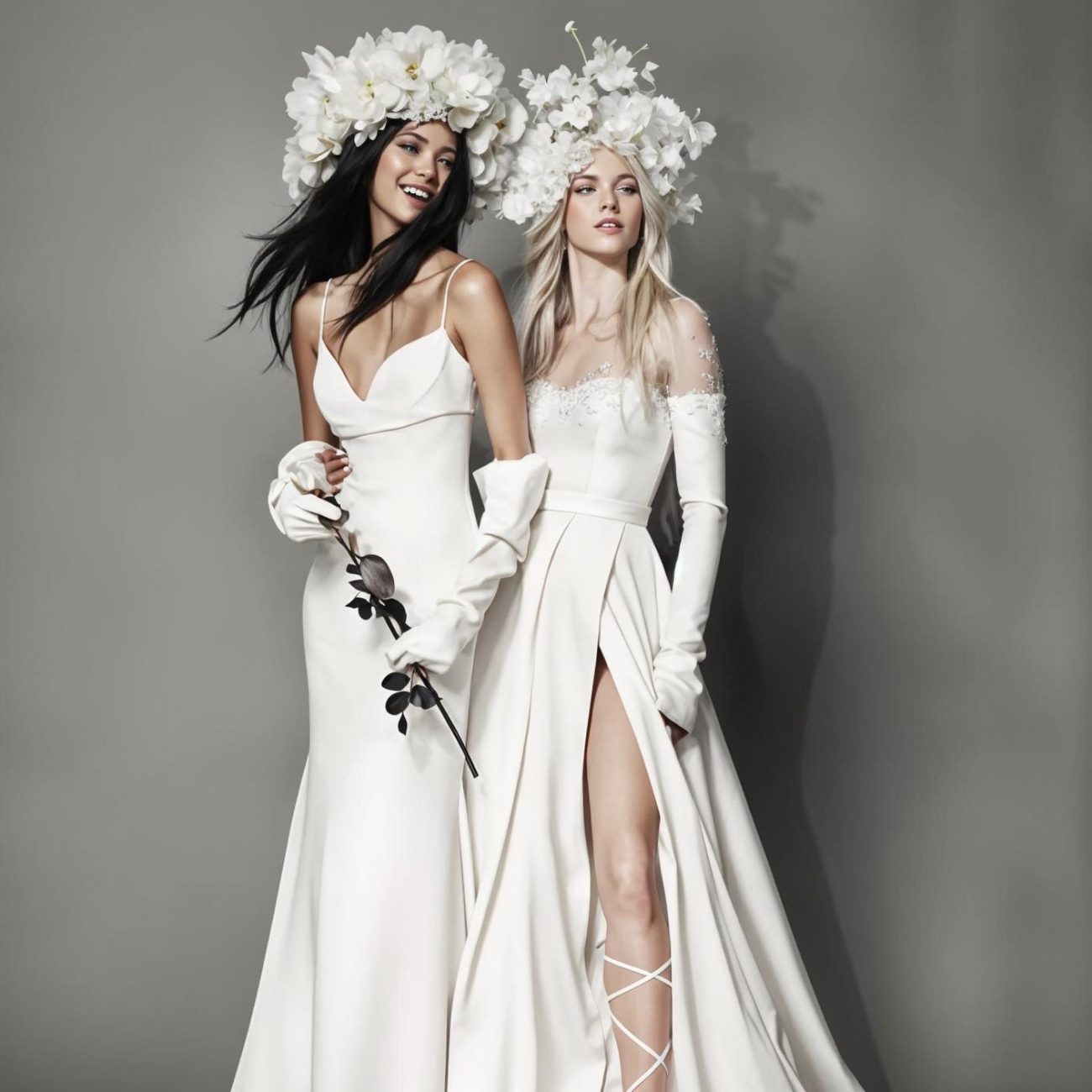
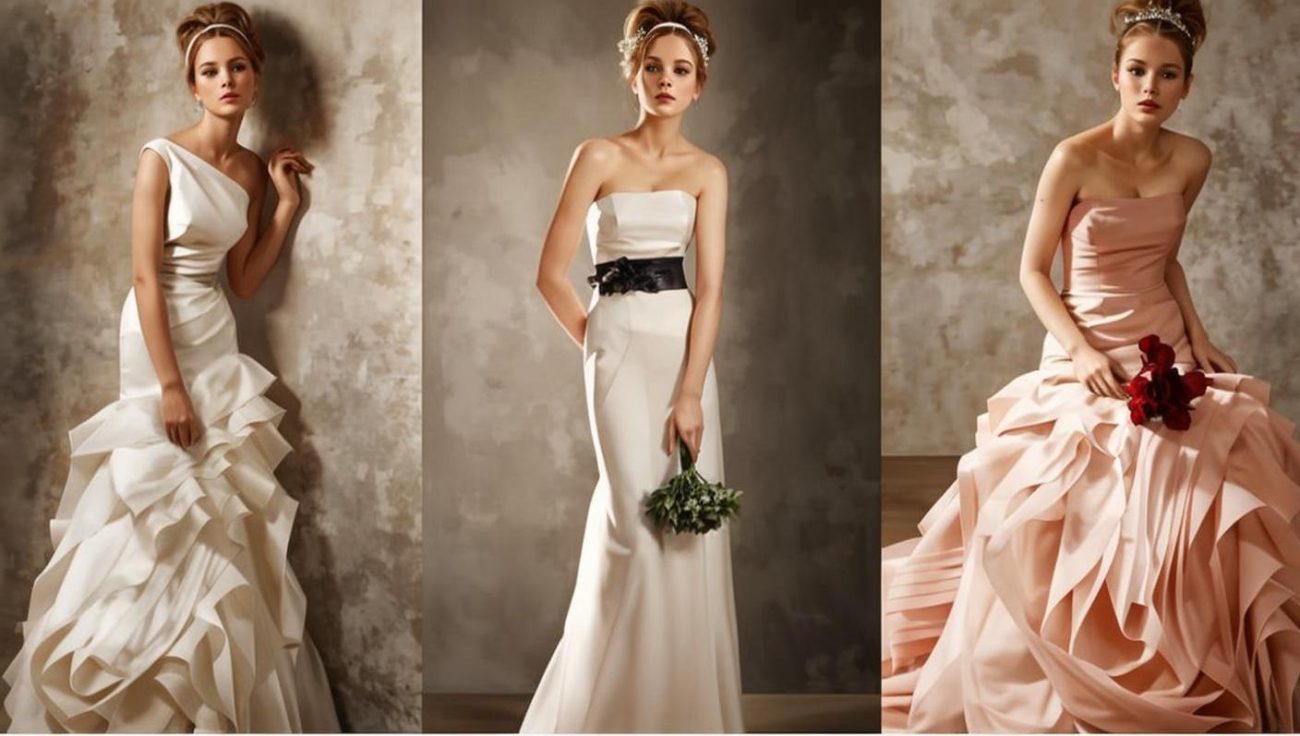
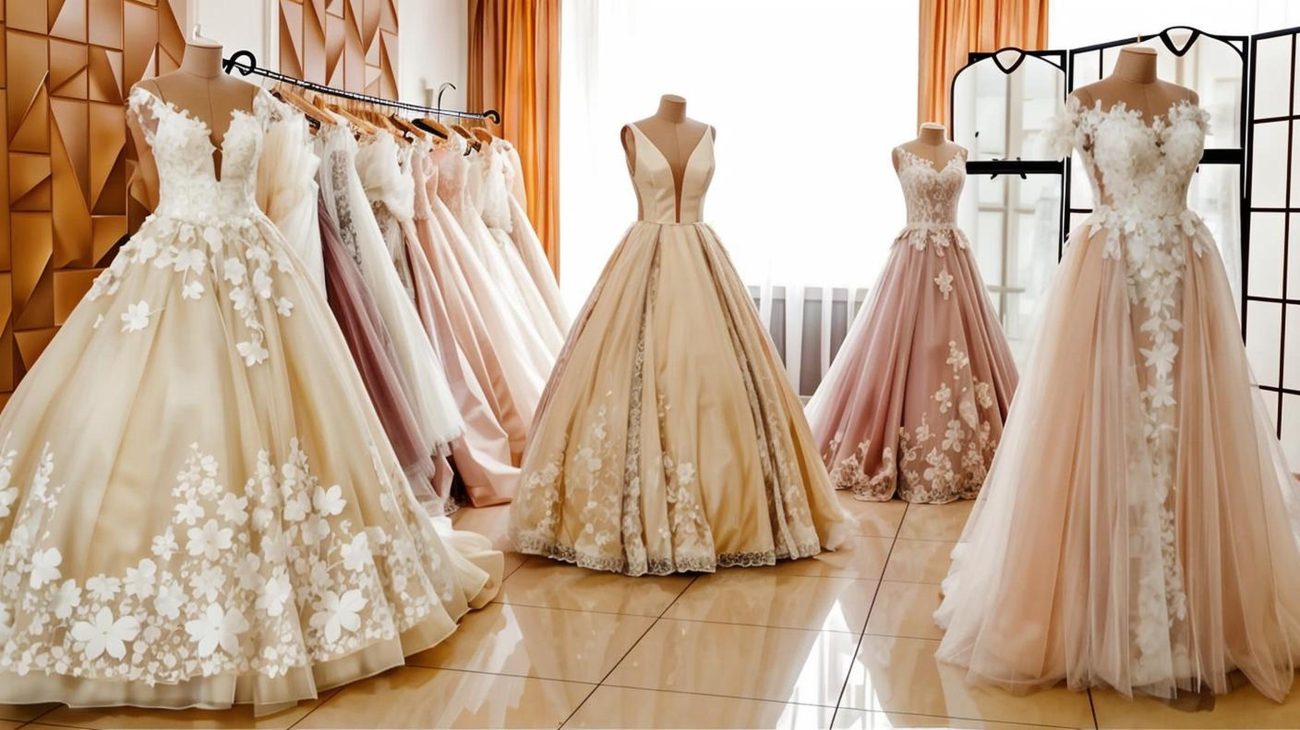
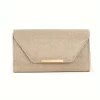

Leave a comment